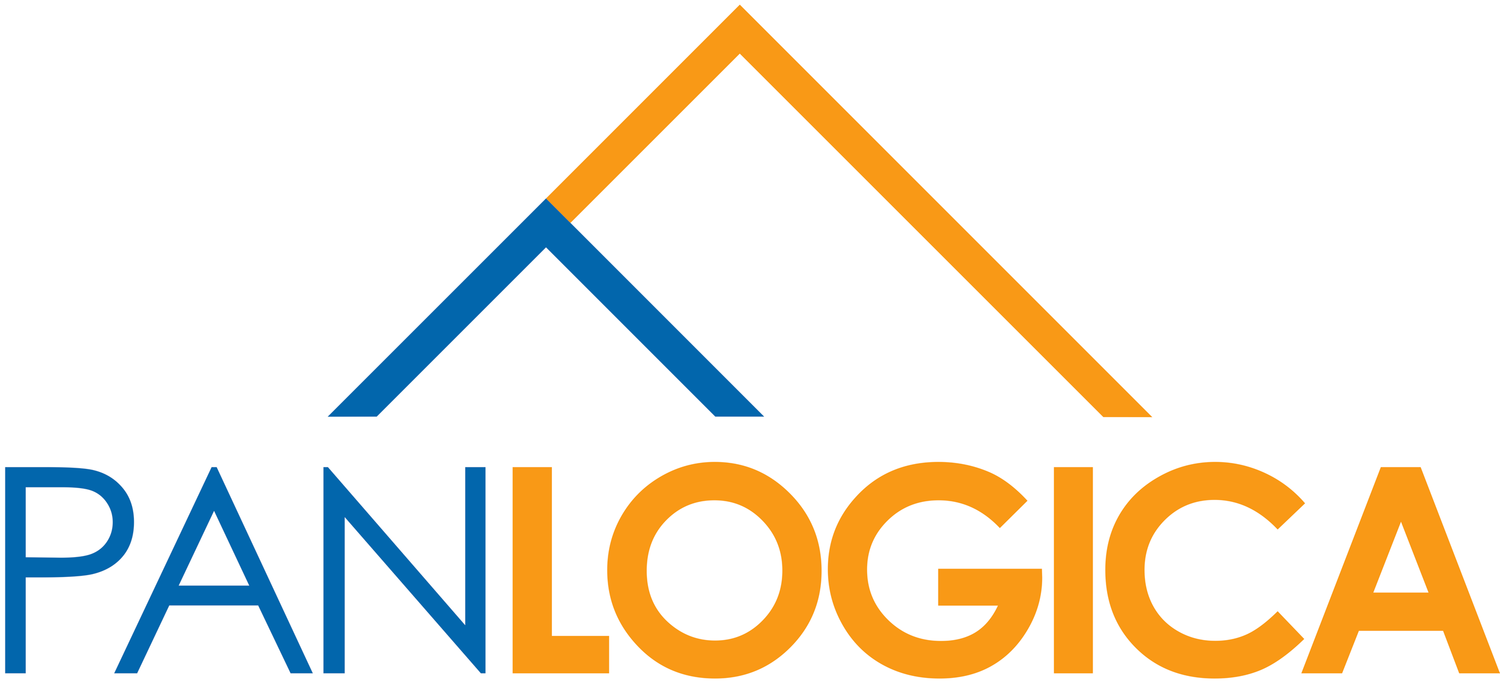Using Optimisation to Respond to Changes and Evaluate Opportunities
Making the best (and sometimes hard) choices in response to change can be challenging even in the best of times, let alone during a global pandemic!
Consider a typical complex aquaculture supply chain:
with customers such as supermarkets, wholesalers, retail;
into export and domestic markets, spot and contracted;
with products from whole fish and plate-sized fish to
VAP products such as portions and slices and
byproduct supply chains.
Change to the orders within this processing and sales chain are inevitable, and sales opportunities are also likely to occur, especially over the shorter term.
The change in order pattern could be:
an increase in demand as a result of a new order, or
a decrease due to variation or cancellation, or
a change in size range of fish in the order.
Aquaculture Planning is Complex and Changeable
Given the existing stock of harvestable size fish (for the short term), and the medium term harvest potentials, many questions arise:
Can you continue to fulfil all orders? If not, which ones should be prioritised and how do you best exploit flexibility to maximise yield and profit?
Consider a new order to be added to the order book: can you fulfil the new order and at the same time your existing order commitments? Is the price point appropriate for the new order?
Consider a change to the size ranges of the fish in an order, how will you re-profile your harvest pattern to fulfil the change with the best profitable result? Can you keep up with all of your other commitments if this change is implemented?
What will be the implications of changing the short term harvest plan on the medium term harvest plan? How long will this change ripple through the flow of fish and should a change in stocking pattern be made to best smooth the flow further out?
How will the change impact processing requirements (as well as the harvest requirements) to fulfil this requirement?
Will you still be able to supply enough portions and enough slices to your existing customers?
How will it affect your profitability and company plans?
It’s not just being able to supply fish, it’s the right-sized fish at the right time, to maximise yield through the value add chain.
Optimisation Identifies the Bottlenecks and Smooths Out the Dips in an Aquaculture Supply Chain
Changes in order books will ripple through your entire supply chain system — so it’s vital to consider the effects in the processing chain, the harvest pattern and even the stocking pattern.
Optimisation is the best tool we have for quickly finding the best plan (maximising profit) when changes occur. Optimisation software designed for Aquaculture can:
Calculate the best way for you to harvest, process and deliver product.
Tell you where the shortfalls will be and guide you to best resolve these fulfilment issues.
Allow you to consider the tradeoffs with complete detail when hard decisions must be made.
Prioritise your best and essential customers and find the most profitable plan under the new circumstances.
In addition to order book changes, a similar situation can arise when fish are harvested and show a variance from the anticipated size. As with order book changes, it is important to be able to quickly understand what impact that might have on the fulfilment task. Optimisation can quickly help you evaluate the best options to match available harvest with the order book.
In Summary
Optimisation is the best tool for quickly replanning when changes occur — and it always delivers the optimal plan. By optimising across the value-chain, taking into account the many factors which interrelate with each other, optimisation enables you to quickly find the best path forward for your business.
PanLogica was founded in 2001 when Dr David Wright identified the decision making complexities associated with the lengthy process of fish farming and created a software program, Neptune, that would make aquaculture business decision making more systematic, robust and time efficient.
In 2019, PanLogica joined the ScaleAQ group to join the best Optimisation system to the world leading Mercatus suite of aquaculture planning and management systems.
We invite you to contact us for a more detailed explanation of Neptune and Optimisation.





